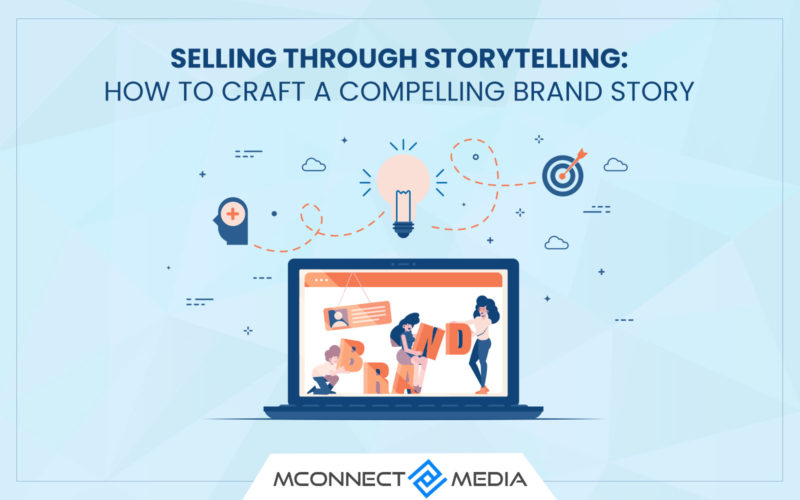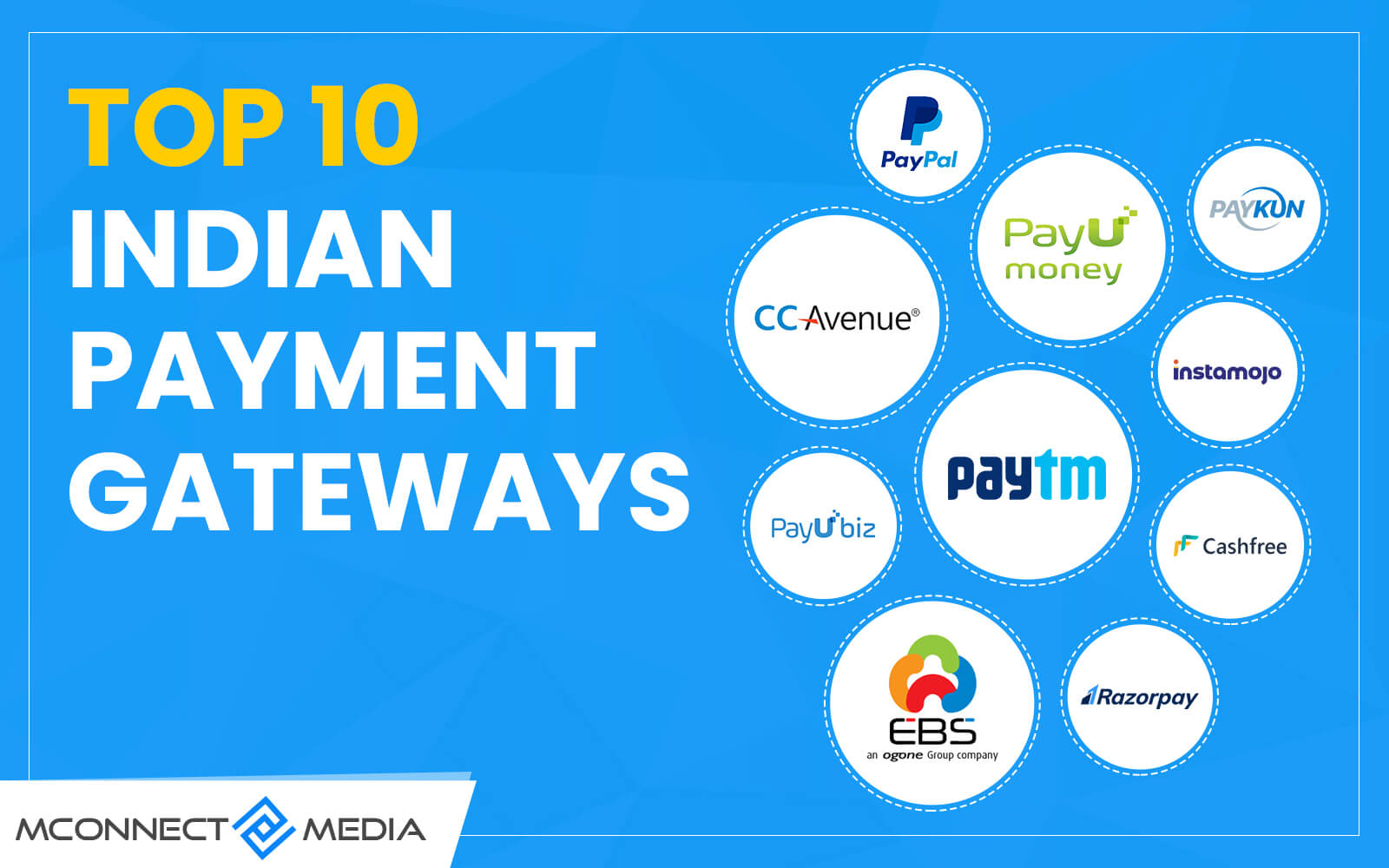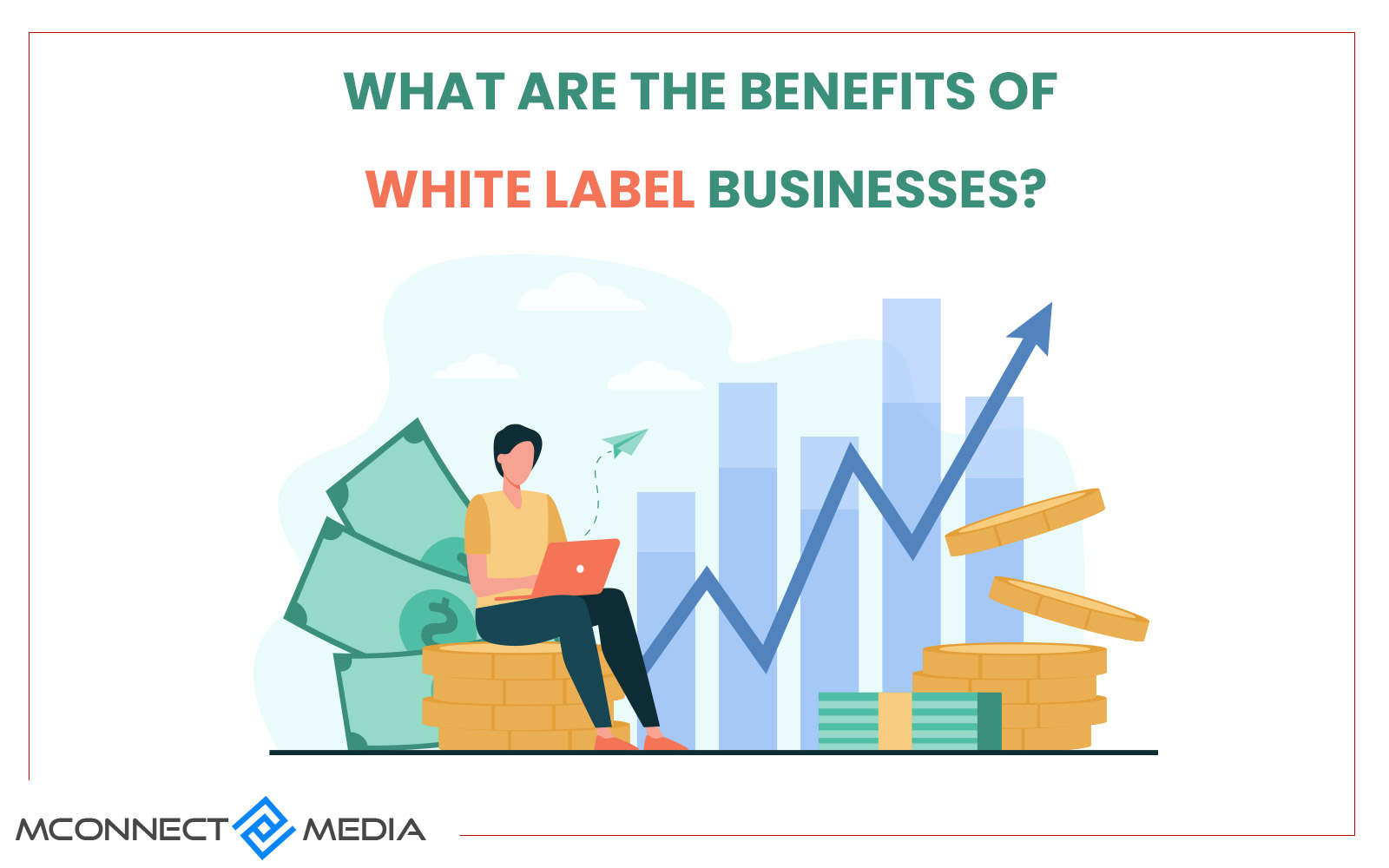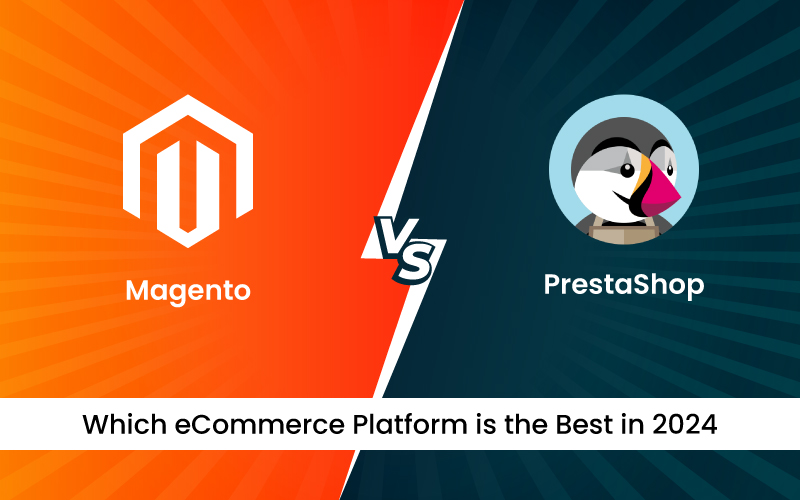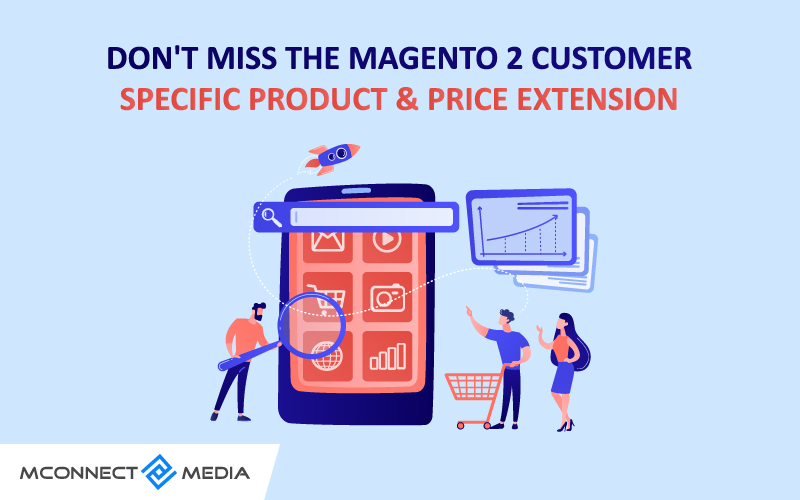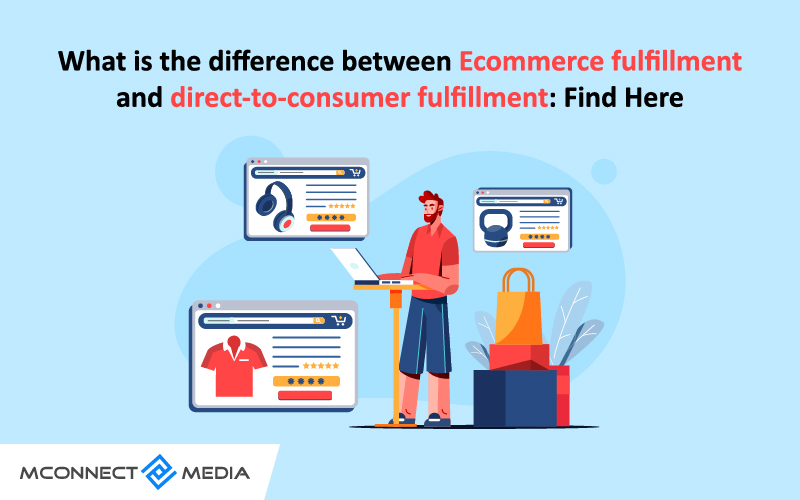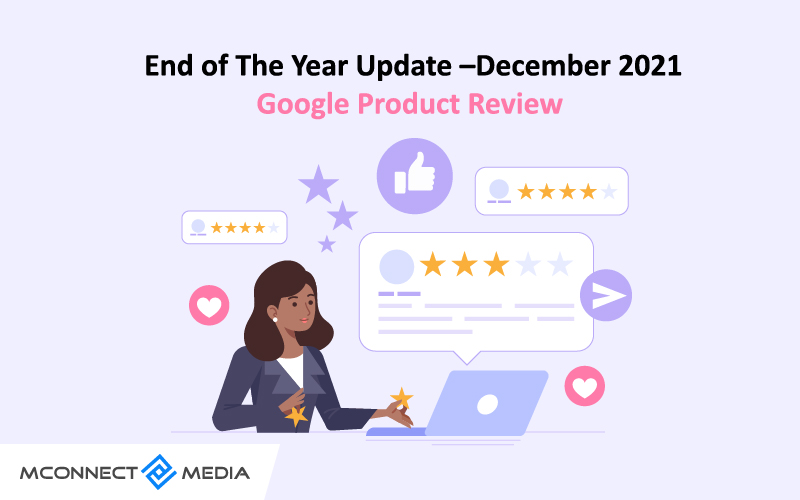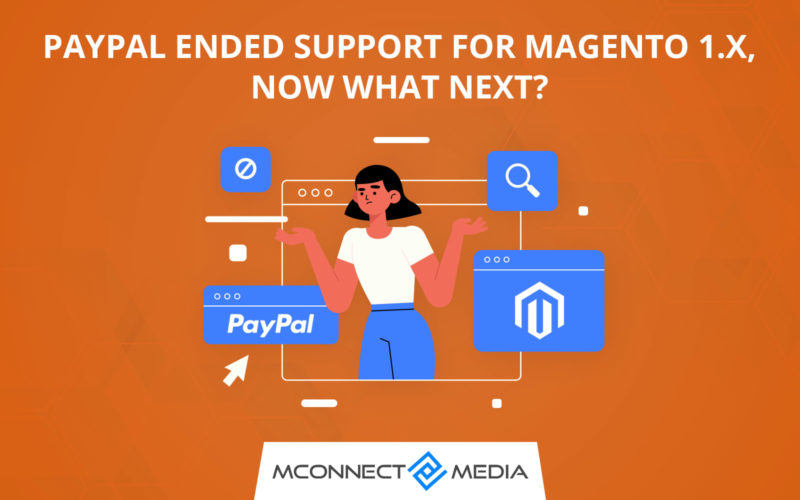Showing rather than telling customers the value of your brand and what it offers is the best way of pitching a compelling brand story. You can bring people to your brand by being consistent with creating a story arc and showing what you care about the most. Think about a story of a brand or a person, a podcast, or a documentary that you still remember. What is it in that story that makes it stay with you?
A compelling story for your brand contains similar elements of a book or a film that draws people to them. You and your customers are the main characters in your brand story with a conflict in the form of personal or customer pain points. The story arcs on your journey to solve the problem with rising actions which ends with the launch of a product.
Well, to write a compelling story, you have to let go of the constraints of what should a brand story be and write what you want. There are no actual rules here however some guidelines that most renowned storytellers use to catch the readers’ attention. And with this article, you’ll find everything needed to write a compelling brand story. First, let’s understand what is a brand story?
What is a Brand Story?
A brand is not just a logo, it is much bigger than that or any guideline document. A brand is a collection of memories, stories, relations, and expectations when put together can affect the decision of your customers to purchase a product or service from your brand over your competitors.
That being said, let’s take the example of Nike and New Balance. Products from both the brands may not differ in functionality however, these brands behave differently from each other and their perspective is different as well. Thus, consumers of their products consider what each brand offers them emotionally.
A good brand story is a beacon for a growing company that guides it for what the company does and says. This story then acts as a foundation for your brand’s guidelines to keep the vision, mission, message, and voice consistent. Your brand’s story should make people feel captivating, human, and honest. And that feeling will induce the desired action such as purchase, join, sign up, follow, donate, etc.
Why Go for Storytelling Approach?
A neuroscience study found that brains produce oxytocin a chemical referred to as “the love hormone” when people hear a compelling story of any kind. It creates a feeling of compassion and empathy in humans. Also, the higher the level of hormone the higher the trust and generosity it can produce.
And it’s good for the brand because, with storytelling, you have an opportunity to connect emotionally with consumers. When you connect emotionally with consumers, you are not just offering them a product or a service, you are offering them a whole experience. It lays the foundation to turn your audiences into your long-lasting customers.
Elements of Crafting Brand Story
The principle rules of crafting a compelling and captivating story remain the same across all mediums. What is expressed in the story should resonate with your audience, and not the format of how it is expressed. A good story narrative consists of the following elements,
- Characters, details, and setting help readers visualize what’s in the story.
- A conflict point that defines the character’s change of path.
- Characters rising action to resolve the conflict or problem.
- Inception or launch of a new product or aha moment which defines the climax.
How to Craft a Compelling Story of Your Brand
First, don’t make the mistake of outsourcing your brand’s story writing project. Because it is your voice, your heart, your soul, and your story too. The copywriting professional can help you sharpen & polish your story, but you should be heavily invested in the writing process. Your brand story should not be about getting customers to buy things but it should be about getting your customers to believe what you say. That being said, let’s cover the basics of writing a compelling brand story.
1. Clear the Basics
Clear the basic things like, what do you and your brand believes in? Why it exists? What is your purpose for running a brand? This would help you make your audience believe in your story with more conviction. Your story should meet your audience’s core desire by connecting with them on an emotional level. Once you have connected emotionally, then only delve into finer details like voice, tone, and design.
2. Be Honest Throughout
As per the 2018’s Edelman Trust Barometer survey of 33,000 respondents, 42% said they can’t discern what brands to trust. So, convey the honesty and authenticity with your brand story to garner the trust of consumers. Share your origin story, for example, issues that led you to start your company.
Make your audience understand your point of view of how an idea was born and how it became the reality. Keep in mind that life is not always roses and sunshine thus, your audience should not presume otherwise from your story.
3. Say the Moral of the Story
Show your audience rather than telling them what you have achieved in spite of facing significant obstacles. The moral of the story should infuse an action from your customers. The goal of the story isn’t to compel your audience to buy your products right away or follow you.
As you nurture your audience further into the story, the moral or takeaway of your story should be a feeling of trust in your brand. Your consumers will forget what you said or did but they won’t forget how you made them feel. Thus, infusing an action of feeling from the moral of a story is the best way to conclude your brand story.
Summing Up
Every business needs a compelling story if they want to scale and become a brand competition can’t replace. You should know how to share your story, where to share it, and how to use it as a launchpad for your business. Crafting a compelling story won’t matter if you don’t walk your talk. Ensure that your actions are aligned with the things you have put out in your story.
You can consult our eCommerce experts if seem to be confused about how you should pitch your brand story or contact us if you need help with eCommerce store development.


